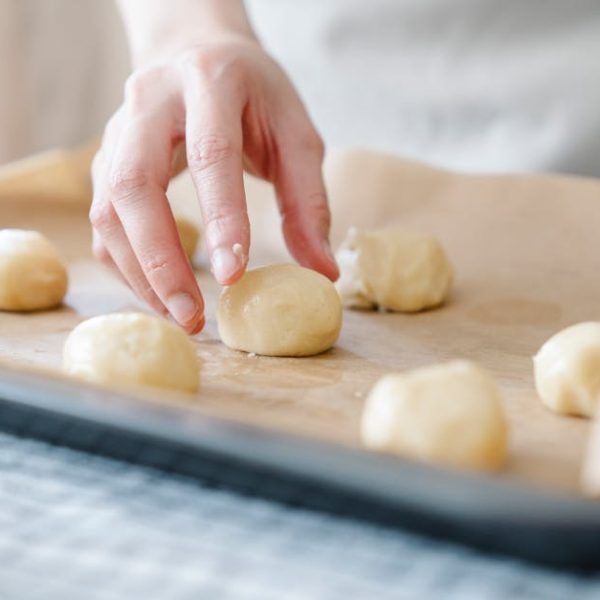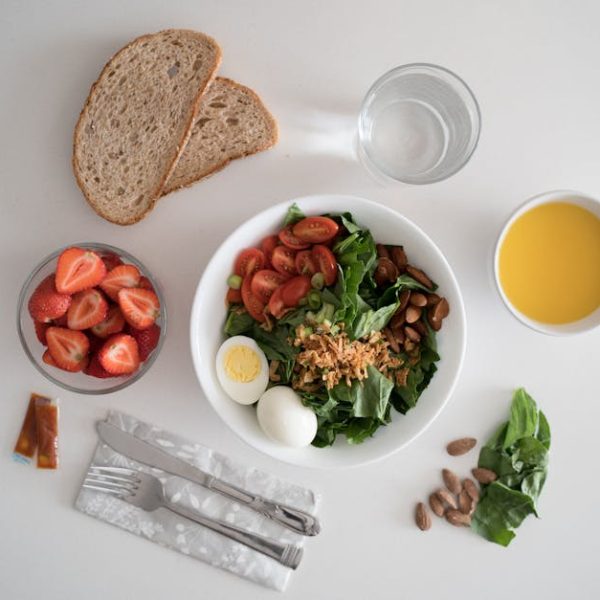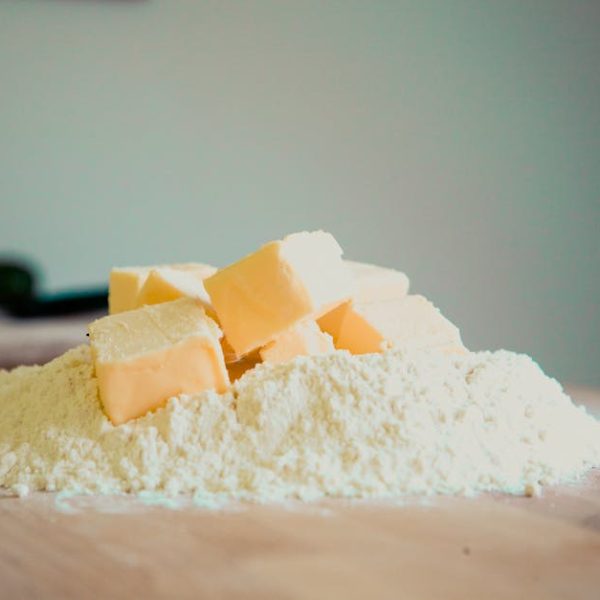A hard day’s work deserves a good coffee break. But sipping on a lukewarm blend after an extensive session can put a damper on your relaxation time. The good news? You won’t have to deal with this unsavory prospect if you understand the dynamics of coffee storage and the potential risks to quality if not stored properly. Bad storage can invite light, air, moisture, and heat – all of which can diminish your coffee’s quality. Let’s unpack this further.
Understanding the Basics of Coffee Storage
Storing coffee properly is a rite of passage for every coffee lover. Why? The four culprits—light, air, moisture, and heat—can compromise the freshness and sterling taste of your blend. Once exposed, your coffee can start to lose its flavor or even turn stale, leaving you with a lackluster cup.
Here’s a little rundown: Light and heat can stimulate premature aging and result in stale coffee. Air oxidizes coffee and takes away its natural flavors. Moisture, on the other hand, can lead to mold growth in your coffee grinds. Not a pretty picture, is it?
Pro tip: To avoid these elements, store your coffee in a cool, dark place in airtight containers.
Appropriate Storage Containers for Brewed Coffee
Speaking of containers, not all are created equal. To ensure you’re storing your coffee at its very best, it’s important to pick the right container. Here are some types you should look out for:
- Glass containers: They are non-reactive and will not compromise your coffee’s flavor. However, it’s important to store them in a dark place as light can easily seep through.
- Ceramic containers with airtight seal: These containers protect your coffee from air and light, preserving its flavor excellently.
- Stainless steel containers: Although they don’t allow light to infiltrate, they can sometimes react to coffee, altering its taste.
Best practice: Use containers with tight seals and dark or opaque material to minimize light and air exposure.
Proper Refrigeration Techniques for Brewed Coffee
Storing your coffee in the fridge requires meticulous care and the right techniques. Firstly, ensure your refrigerator is set to the right temperature. Coffee should ideally be stored in a cool, not too cold, environment.
Checklist for Correct Coffee Refrigeration:
- Ensure your refrigerator’s temperature is set between 35˚F and 40˚F.
- Make sure the container lid is tightly sealed before storing the coffee in the fridge.
- Place the coffee container far away from strong-smelling foods to prevent contamination.
Common mistake: Placing your coffee near strong-smelling foods. This can make your coffee absorb these unwanted flavors! Keep your coffee sealed and safely stored.
Now you’re ready for your relaxing coffee break, anytime you want! Let’s move on to the next stage – keeping the flavor intact.
Best Methods to Preserve Coffee’s Original Flavor
Once you’ve made a batch of brewed coffee and stored it, you want to make sure that original mouthwatering flavor stays intact, right? Thankfully, there’s ways to ensure you get the same rich taste from your first cup to your last.
- Key method: Always keep the container tightly sealed. A loose lid may allow foreign objects, odors, and even moisture to seep in, interfering with the coffee’s original flavor.
- Time is of the essence: Even when stored correctly, coffee still has an ideal consumption timeframe. As a general rule, refrigerated coffee should be consumed within 7 to 10 days of brewing to enjoy its peak flavor.
Best practice: Keep your coffee drinking on a schedule. The older the coffee, the lower the quality of its taste will tank. So, follow the 7-10 day guideline and your coffee won’t disappoint you.
Practical Guidelines on Using Stored, Refrigerated Coffee
Now comes the best part – putting that stored coffee to good use. But don’t rush it! There’s a few guidelines to ensure you get the best tasting coffee after storage, let’s dive in:
- Reheating coffee: Never put the entire coffee container in a microwave or on a stovetop. Uncontrolled heat can drastically alter the taste. Instead, pour the desired amount in a separate cup and use a microwave, stovetop, or coffee warmer to heat it.
- Signs of spoilage: Look out for unusual odor or presence of mold. If you notice either, it is safer to discard it rather than risk your health.
Illustrative example: Let’s say you’ve stored the coffee in the fridge 8 days ago. Pour out a cup’s worth, reheat it using your chosen method, and then enjoy! Your coffee should have its original robust flavor. However, if you detect an off-smell or a moldy appearance, it’s safer to discard and brew a fresh pot.
Best practice: Always check your stored coffee for signs of spoilage before reheating and consuming. Use a separate container for reheating and always put the remaining coffee back in the fridge as soon as possible to prolong its peak flavor time.
Now that you have these five easy tips under your belt, you’re fully equipped to enjoy your brew at its best, anytime you want! Cheers to those future recharged coffee breaks.
Key Takeaway:
- Proper coffee storage is pivotal in preserving the freshness and taste of brewed coffee, which can be ruined by light, air, moisture, and heat. Using containers with tight seals and made of dark or opaque material is simple yet effective advice.
- The ideal containers for storing coffee to maintain its freshness in the fridge are glass, ceramic with an airtight seal, and stainless steel containers. Each type has its own pros and cons regarding suitability for fridge storage and the effect on coffee freshness.
- Proper refrigeration techniques for brewed coffee include setting the right temperature and avoiding storage near strong-smelling foods. A checklist may aid in this process.
- Keeping the container tightly sealed at all times and consuming within a certain time frame are the best methods to keep brewed coffee’s flavor intact while refrigerating.
- Practical guidelines for using stored, refrigerated coffee successfully include reheating techniques and signs of spoilage to look out for.
We hope these tips have illuminated the path to superior coffee preservation at home. With careful attention to how you store and consume your chilled brew, you’ll ensure optimum flavor and quality, revitalizing your coffee break experience!
FAQs
Q: Can I keep my coffee in the fridge in its original packaging?
A: While you can technically store your coffee in its original packaging, we recommend transferring it to a suitable container for longer shelf life and fresh flavor. Make sure the container is airtight and made of dark or opaque material.
Q: How often should I check on my stored brewed coffee in the refrigerator?
A: Regular checks aren’t required as such, but make sure to inspect the coffee before reheating and consuming. Look out for signs of spoilage like an unusual odor or mold presence.
Q: What is the best way to reheat refrigerated coffee without losing flavor?
A: The recommended method is to pour out the desired amount into a separate cup and reheat it using a microwave, stovetop, or coffee warmer. Directly applying heat to the entire container can alter the taste.
Q: Is there a recommended time frame within which the refrigerated coffee should be consumed?
A: As a general rule, consumable refrigerated coffee should be used within 7 to 10 days of brewing to maintain its peak flavor.
Q: Can I reheat my coffee multiple times or should it be heated once only?
A: Repeated heating and cooling can degrade the quality of your coffee. It’s better to heat only as much coffee as you plan to consume.
We hope you found these FAQs useful. Remember, good coffee is a comfort, so take the time to store and serve it well! Explore more posts and share the article if you found it insightful.






